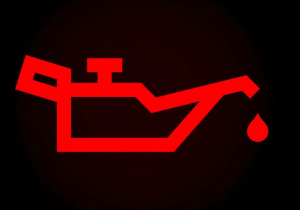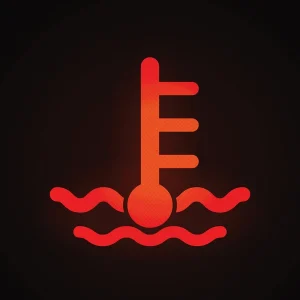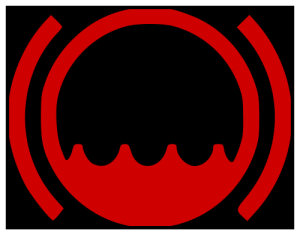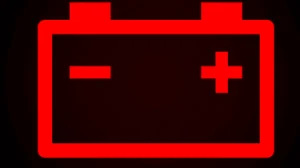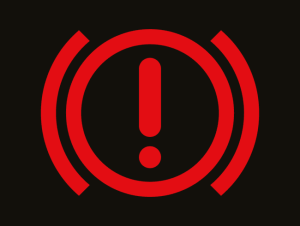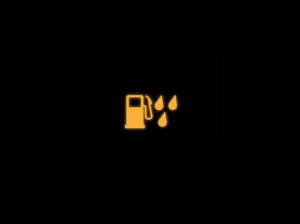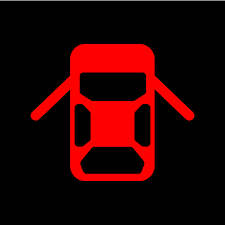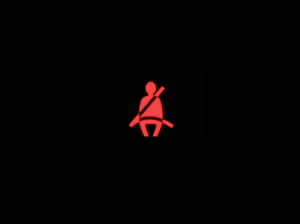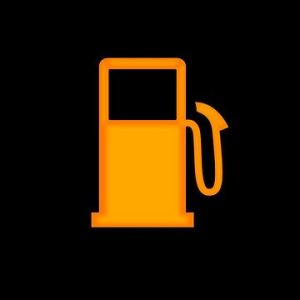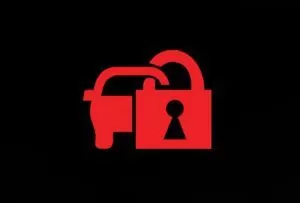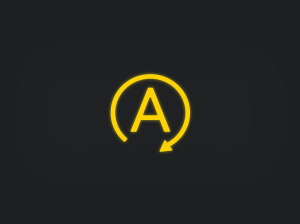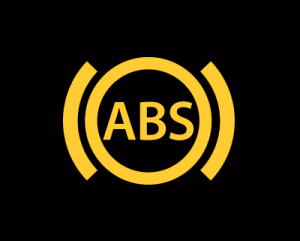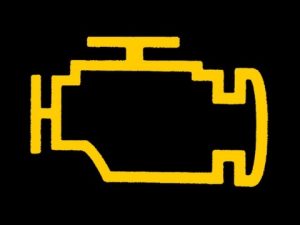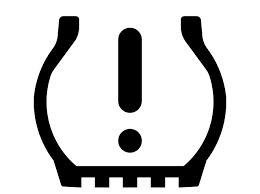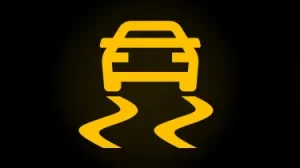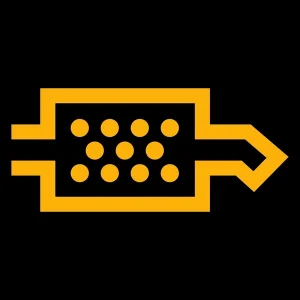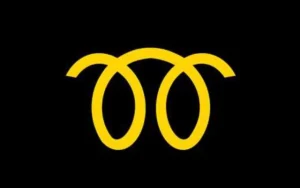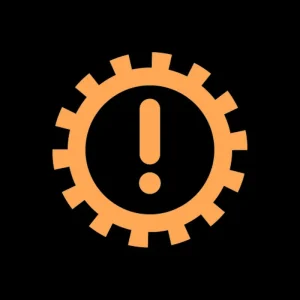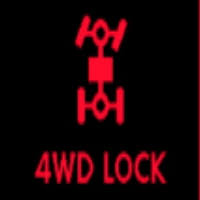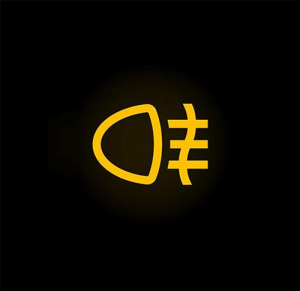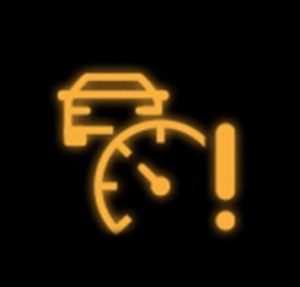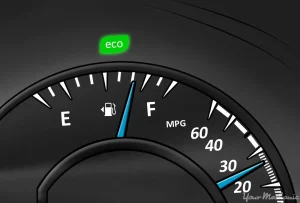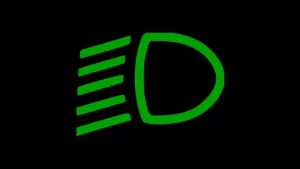Understanding dashboard warning lights in your Mahindra Thar is essential for safe driving and preventing costly damage. These lights alert you to potential issues ranging from critical failures that require immediate attention to informational cues about vehicle status.
By recognizing and responding promptly, you can maintain your vehicle’s performance, avoid breakdowns, and ensure the safety of everyone on board.
Quick Navigation
Red Warning Lights (Stop Immediately)
These lights indicate serious problems that could lead to vehicle damage or accidents if ignored. Pull over safely and address the issue right away.
Engine Oil Pressure
Low oil pressure can cause engine damage from lack of lubrication. Common causes include low oil levels or a faulty pump. Stop driving, check the oil level, and add more if needed; see a mechanic if the light stays on.
High Engine Coolant Temperature
The engine is overheating, which might damage components. This could be due to low coolant, a leak, or a broken fan. Stop the vehicle immediately, let it cool, and check coolant levels; do not drive until fixed.
Parking Brake ON / Brake Fluid Low
Brake fluid is low or the parking brake is engaged, risking brake failure. Causes include leaks or wear. Park safely, release the brake if engaged, and top up fluid; contact a service center for leaks.
Battery Charge
The battery isn’t charging properly, possibly due to a faulty alternator or loose connections. This can lead to the vehicle stalling. Stop and check connections; replace the battery or alternator if needed.
Airbag Fault
The airbag system has a problem and may not deploy in a crash. Faulty sensors or wiring are common causes. Stop and have it inspected by a professional to ensure safety.
Power Steering Failure
Power steering assist is lost, making steering hard. This might be from low fluid or system failure. Pull over and check fluid levels; seek immediate mechanic help.
Brake System Alert
Indicates hydraulic brake issues or low fluid, affecting stopping power. Leaks or worn pads could be the cause. Park immediately and call for roadside assistance.
Water in Fuel Filter
Water has entered the diesel fuel system, risking engine damage. Contaminated fuel is often the issue. Stop and drain the filter; visit a service center to flush the system.
Door Ajar
A door is not fully closed, which could be dangerous at speed. Loose latches or debris might cause it. Stop, check all doors, and secure them before continuing.
Seatbelt Reminder
Seatbelts are not fastened, increasing injury risk in accidents. It’s a reminder for occupants. Stop and ensure everyone buckles up.
Low Fuel Warning
Fuel is critically low, risking the vehicle stopping. Empty tank or sensor fault. Stop at the nearest station to refuel.
Immobilizer Fault
The security system is active or faulty, preventing the engine from starting. Key issues or system errors. Stop and try restarting; consult a dealer if it persists.
HHC Malfunction
Hill hold control isn’t working, risking rollback on slopes. System fault or low battery. Stop on flat ground and get it serviced.
Engine Stop/Start Fault
The auto stop-start system has failed, possibly affecting fuel efficiency and starting. Wiring or sensor issues. Stop and restart; see a mechanic.
Yellow/Amber Warning Lights (Action Required Soon)
These signal issues that need attention soon to prevent escalation, but you can usually drive to a service point.
ABS Warning
Anti-lock braking system is not functioning, brakes may lock up. Faulty sensors or module corrosion. Drive carefully to a mechanic for repair.
Check Engine
Engine management issue detected, like emissions or sensor problems. Could be a loose fuel cap or bad mix. Schedule a service visit soon to diagnose.
Tyre Pressure Monitoring (Tiretronics)
Tyre pressure is low or uneven, risking blowouts or poor handling. Underinflation or punctures. Check and inflate tyres; reset the system if needed.
ESP Malfunction
Electronic stability program is off or faulty, reducing traction control. Sensor failure or low fluid. Drive cautiously and get it checked soon.
DPF Indicator
Diesel particulate filter is clogged, affecting exhaust and performance. Built-up soot from short trips. Drive at higher speeds to regenerate or visit a service center.
Glow Plug Indicator
Diesel engine glow plugs are heating or faulty, hard starting in cold. Worn plugs or wiring. Wait for it to go off before starting; replace if persistent.
Transmission Malfunction (AT)
Automatic transmission issue, like overheating or fluid problems. Low fluid or sensor fault. Avoid heavy driving and service soon.
Over Speed Alert
Vehicle speed exceeds safe limits, risking fines or accidents. Driver exceeding speed. Slow down immediately.
DEF Indicator
Diesel exhaust fluid is low or contaminated, affecting emissions. Empty tank or poor quality fluid. Refill with proper DEF soon.
HDC Fault
Hill descent control is malfunctioning. System error. Avoid steep descents and have it inspected.
4WD Low Fault
Low-range four-wheel drive mode has an issue. Transfer case problem. Switch to 2WD and service the system.
Green Lights (Information Only)
These provide status updates and do not require action unless accompanied by other warnings.
Left Turn Indicator
Signals left turn is active. Activated by driver. No action needed; it flashes during turns.
Right Turn Indicator
Signals right turn is active. Driver-initiated. Ensures others see your intent; turns off after maneuver.
Head Lamp High Beam
High beam headlights are on for better visibility. Manual switch. Dim for oncoming traffic.
Front Fog Lamp
Front fog lights are engaged for low visibility. Driver-activated. Use only in fog or rain.
Rear Fog Lamp
Rear fog lights are on to alert following vehicles. Switched on by driver. Turn off when not needed.
Parking Lamp
Parking lights are active, often with headlights. Automatic or manual. Indicates low-light mode.
Cruise Control
Cruise control is set and maintaining speed. Driver-enabled. Adjust as needed for traffic.
Eco Mode
Eco driving mode is active for fuel efficiency. Selected by driver. Optimizes throttle and shifts.
Low Beam Lights
Standard low beam headlights are on. Automatic in low light. Ensures safe night driving.
Tiretronics Monitoring
Tyre pressure system is active and monitoring. Provides real-time data. Check display for details.

